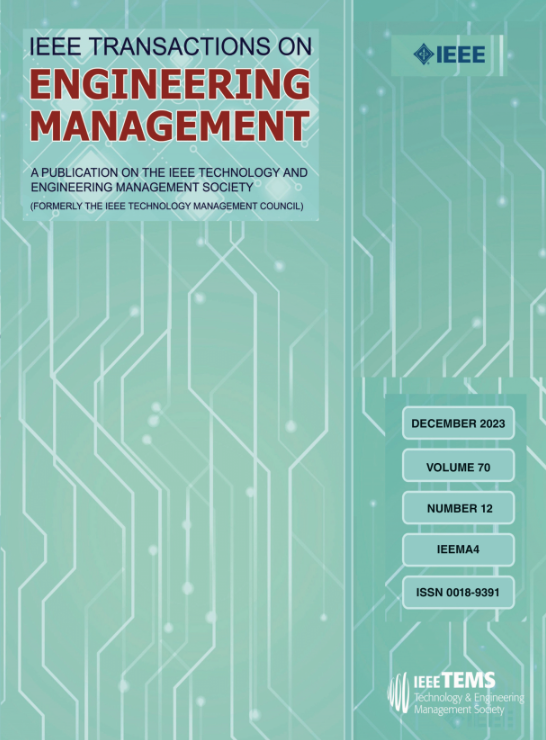赞助数据:包含内容提供者内容质量差异的博弈论模型
IF 5.2
3区 管理学
Q1 BUSINESS
引用次数: 0
摘要
过度的流量消耗造成了对流量成本的焦虑,并鼓励了数据赞助的流行,这是一种互联网服务提供商(isp)鼓励内容提供商(CPs)补贴消费者移动流量成本的商业模式。在实践中,具有数据赞助的内容可以以更高或更低的分辨率输出。我们提出了一个博弈论模型,其中ISP和CP之间存在三种合作选择:情况N(不允许数据补贴),情况L(允许CP补贴低分辨率内容)和情况H(允许CP补贴高分辨率内容)。我们发现,当低分辨率内容相对于高分辨率内容(DIC)的广告收入率和观看成本增加程度以及高分辨率内容相对于低分辨率内容(DIT)的流量增加程度较高时,ISP会选择情形H。但是,当DIC和DIT较低时,ISP选择情形L,当广告收入较低时,选择情形N。另外,帕累托区域表明,较高的广告收入率和较低的DIC可以使情形L对ISP和CP都有利,而较高的DIC可以使情形H对双方都有利,这从一个新的角度揭示了ISP和CP合作背后的动机。我们进一步确定了消费者剩余和社会福利可以从数据计划中受益的条件。本文章由计算机程序翻译,如有差异,请以英文原文为准。
Sponsored Data: A Game-Theoretic Model With Content Provider Content Quality Differentiation
Excessive traffic consumption creates anxiety about traffic costs and encourages the popularity of data sponsorship, a business model in which internet service providers (ISPs) encourage content providers (CPs) to subsidize consumers’ mobile traffic costs. In practice, content with data sponsorship may be output at higher or lower resolution. We propose a game-theoretic model in which three cooperation options exist between the ISP and CP: Case N (no data subsidization is allowed), Case L (allowing the CP to subsidize low-resolution content), and Case H (allowing the CP to subsidize high-resolution content). We find that the ISP chooses Case H when the ad-revenue rate and degree of increased viewing cost for low-resolution content compared with high-resolution content (DIC) and degree of increased traffic for high-resolution content compared with low-resolution content (DIT) are high. However, the ISP chooses Case L when DIC and DIT are low and Case N when the ad-revenue rate is low. The CP offers full subsidization to cover consumers’ traffic costs under Case L but only partially subsidizes data under Case H. In addition, the Pareto zone shows that a large ad-revenue rate and a low DIC allow Case L to benefit both the ISP and CP, but a large DIC can let Case H benefit both parties, which sheds light on the motivation behind ISP–CP cooperation from a new perspective. We further identify the conditions under which consumer surplus and social welfare can benefit from a data plan.
求助全文
通过发布文献求助,成功后即可免费获取论文全文。
去求助
来源期刊

IEEE Transactions on Engineering Management
管理科学-工程:工业
CiteScore
10.30
自引率
19.00%
发文量
604
审稿时长
5.3 months
期刊介绍:
Management of technical functions such as research, development, and engineering in industry, government, university, and other settings. Emphasis is on studies carried on within an organization to help in decision making or policy formation for RD&E.
 求助内容:
求助内容: 应助结果提醒方式:
应助结果提醒方式:


